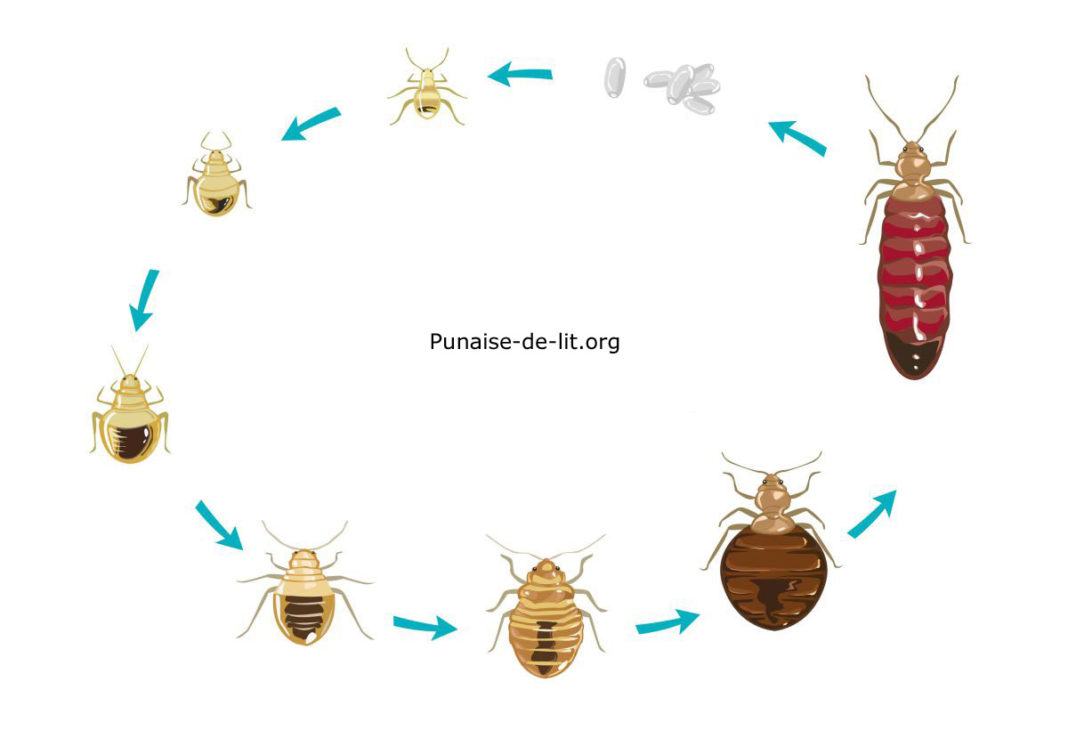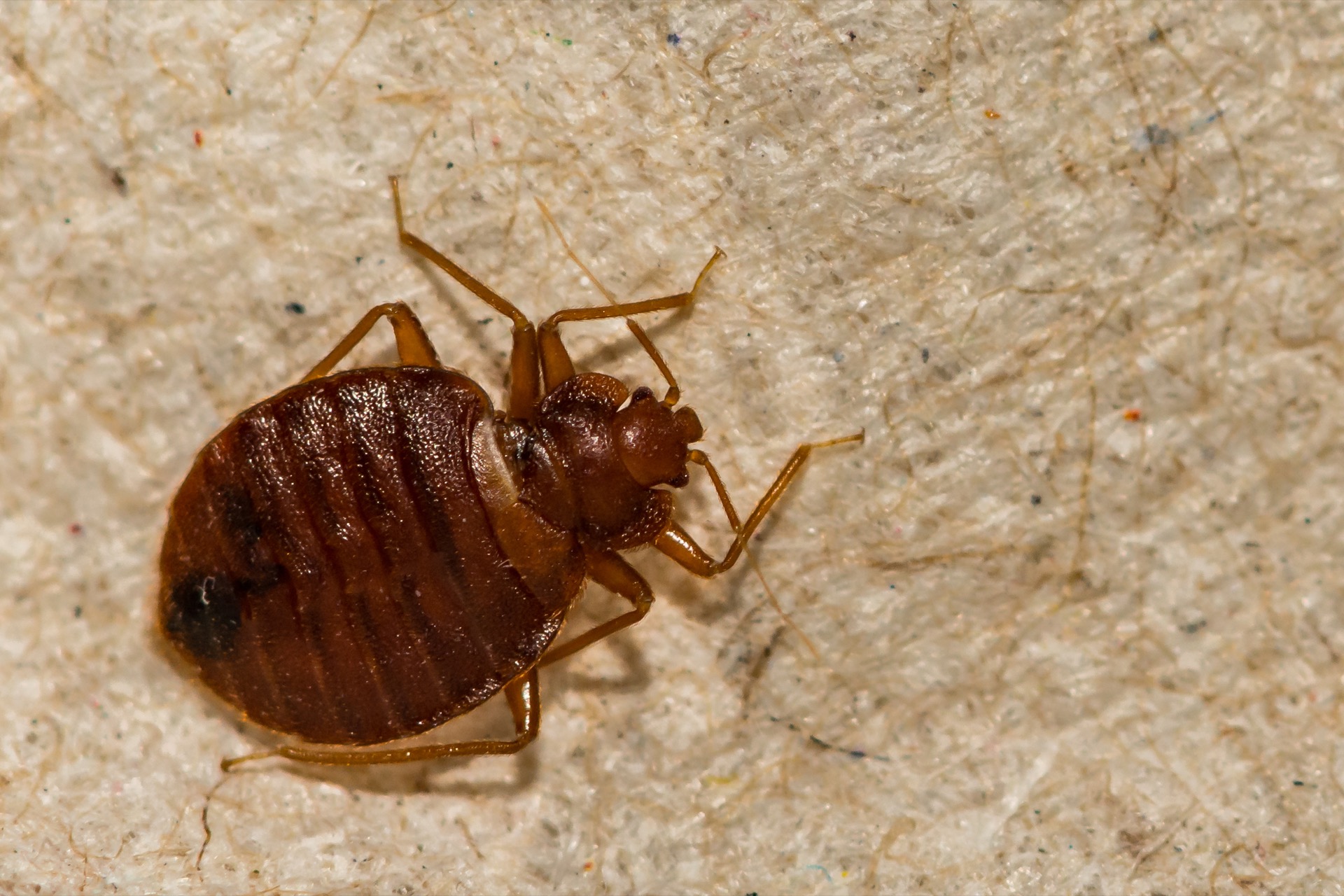Let’s cut straight to the chase here. Bed bugs—or as they're also known, "coupe de punaise de lit"—are more than just a nuisance. They're tiny vampires that invade your personal space and turn your peaceful nights into a living nightmare. If you're dealing with this issue, you're not alone. Millions of people worldwide have battled these blood-sucking critters, and many still do. But don’t freak out just yet—there’s hope!
Bed bugs have been around for centuries, and their resurgence in recent years has left many scratching their heads (literally and figuratively). These little buggers are experts at hiding, multiplying, and surviving even the toughest conditions. From hotels to homes, they don’t discriminate. The good news? With the right knowledge and tools, you can take back control of your living space.
So, buckle up, my friend. This article is your go-to resource for everything you need to know about bed bugs. We’ll dive deep into their behavior, how to detect them, and most importantly, how to get rid of them once and for all. Whether you're dealing with a minor infestation or a full-blown battle, we’ve got your back.
Read also:Emily Clunes Age
Table of Contents
- What Are Bed Bugs?
- Biography of a Bed Bug
- Detecting Bed Bugs
- How Bed Bugs Spread
- Prevention Strategies
- Treatment Options
- Professional Help
- Cost Considerations
- Common Mistakes to Avoid
- Final Thoughts
What Are Bed Bugs?
Alright, let’s break it down. Bed bugs, scientifically known as Cimex lectularius, are small, flat, parasitic insects that feed on human blood. Yeah, sounds fun, right? These critters are reddish-brown in color and can grow up to 5mm in length. And here's the kicker—they’re nocturnal, which means they’re most active when you're trying to catch some Z's.
Now, why do we call them "coupe de punaise de lit"? Well, in French, "punaise de lit" literally translates to "bed bug," and "coupe" refers to cutting or dealing with the issue. So, if you’re French-speaking and looking for a way to conquer this pest problem, this phrase is your ticket to victory.
But here’s the thing: bed bugs don’t just stop at beds. They can hide in couches, cracks, crevices, and pretty much anywhere they can squeeze into. They’re like little ninjas in the insect world, and if you’re not careful, they can multiply faster than you can say "extermination."
Why Should You Care About Bed Bugs?
Bed bugs aren’t just creepy—they can also have serious health implications. Their bites can cause skin irritation, allergic reactions, and even insomnia due to the constant itching and discomfort. Plus, dealing with an infestation can be a major headache, costing you time, money, and peace of mind.
So, if you’re thinking, "Eh, maybe I can ignore this," think again. Early detection and action are key to preventing a full-blown disaster. And trust me, you don’t want to let these little guys take over your life.
Biography of a Bed Bug
Let’s dive into the life and times of our not-so-friendly neighbor, the bed bug. These critters have a pretty interesting life cycle, and understanding it can help you better combat them. Here’s a quick rundown:
Read also:Unveiling The Allure Of Sex Videos Diva Flawless A Comprehensive Exploration
- Eggs: Female bed bugs lay about 1-5 eggs per day. These eggs are tiny, white, and can be found in cracks and crevices.
- Nymphs: Once hatched, bed bugs go through five nymph stages before becoming adults. Each stage requires a blood meal to progress.
- Adults: Adult bed bugs can live for several months without feeding, making them incredibly resilient.
Now, let’s talk numbers. A single female bed bug can lay up to 500 eggs in her lifetime. Imagine that! If left unchecked, a small infestation can quickly spiral out of control.
Bio Table
| Life Stage | Appearance | Behavior |
|---|---|---|
| Eggs | Tiny, white, oval-shaped | Laid in cracks and crevices |
| Nymphs | Translucent, smaller than adults | Requires blood meals to grow |
| Adults | Reddish-brown, flat, 5mm long | Nocturnal feeders |
Detecting Bed Bugs
Alright, Sherlock, it’s time to put on your detective hat. Detecting bed bugs early is crucial in preventing a full-blown infestation. So, what should you look for?
First, check your mattress and box spring. Look for tiny black spots (bed bug feces), shed skins, and bloodstains. You might also notice a sweet, musty odor in severely infested areas. And let’s not forget the bites. If you wake up with itchy welts that weren’t there when you went to bed, it’s time to investigate further.
But wait, there’s more! Bed bugs love to hide in unexpected places. Check behind headboards, inside electrical outlets, and even in your furniture. They’re like little ninjas, so don’t underestimate their ability to stay hidden.
Common Signs of Infestation
- Dark spots on mattress
- Shed skins
- Bloodstains
- Musty odor
How Bed Bugs Spread
So, how do these little critters get into your home in the first place? Turns out, they’re pretty good hitchhikers. Bed bugs can travel on luggage, clothing, furniture, and even in movie theater seats. Yep, you read that right—movie theaters!
They’re also masters of survival. Bed bugs can live for months without a meal, making them incredibly resilient. And if you live in an apartment complex, they can easily travel from unit to unit through walls and vents.
The key takeaway here is this: bed bugs don’t discriminate. Whether you’re staying in a luxury hotel or a budget-friendly motel, they can find their way into your space. So, always be vigilant and inspect your surroundings.
Travel Tips
- Inspect hotel rooms before unpacking
- Keep luggage off the floor
- Wash clothes immediately upon returning home
Prevention Strategies
Now that we’ve covered the basics, let’s talk prevention. The best way to deal with bed bugs is to stop them before they become a problem. Here are some strategies to keep these critters at bay:
First, invest in protective mattress and box spring covers. These covers create a barrier that prevents bed bugs from hiding in your bed. Regularly vacuum your home, especially around your bed and furniture. And don’t forget to wash your bedding in hot water at least once a week.
Another tip? Declutter your space. The fewer hiding spots you have, the harder it is for bed bugs to thrive. And if you’re moving into a new place, inspect it thoroughly before moving in.
Prevention Checklist
- Use protective covers
- Vacuum regularly
- Wash bedding in hot water
- Declutter your space
Treatment Options
Alright, let’s say you’ve detected a bed bug problem. What’s next? There are several treatment options available, ranging from DIY methods to professional services. Here’s a breakdown:
Heat treatment is one of the most effective methods. By raising the temperature of your home to a certain level, you can kill bed bugs at all stages of their life cycle. Chemical treatments, such as insecticides, are also an option, but they should be used with caution.
DIY methods, like using diatomaceous earth or essential oils, can be effective for minor infestations. However, for larger issues, it’s best to call in the professionals.
Pros and Cons of Treatment Options
| Option | Pros | Cons |
|---|---|---|
| Heat Treatment | Highly effective, eco-friendly | Can be expensive |
| Chemical Treatment | Quick results | Potential health risks |
| DIY Methods | Cost-effective | May not work for severe infestations |
Professional Help
Sometimes, no matter how hard you try, the infestation is just too much to handle on your own. That’s where professional pest control comes in. Look for a company with experience in bed bug extermination and good reviews from previous customers.
When hiring a professional, make sure to ask about their treatment methods, guarantees, and pricing. You want to ensure you’re getting a service that’s both effective and affordable.
And remember, communication is key. Let the professionals know about any allergies or sensitivities you or your family members may have. This will help them tailor their treatment plan to your specific needs.
Cost Considerations
Let’s talk money. Dealing with bed bugs can be expensive, especially if you opt for professional services. Heat treatments, for example, can cost anywhere from $500 to $2,000, depending on the size of your home. Chemical treatments are generally cheaper but may require multiple applications.
DIY methods, on the other hand, are the most budget-friendly option. However, they may not be as effective for severe infestations. It’s all about weighing the costs and benefits and choosing the option that works best for you.
Common Mistakes to Avoid
Alright, let’s talk about what not to do. First, don’t panic and start throwing away all your furniture. Bed bugs don’t live in your furniture—they live in your bed. So, unless your couch is infested, there’s no need to get rid of it.
Another big no-no? Using store-bought bug sprays. These products are often ineffective against bed bugs and can make the problem worse by causing the bugs to scatter. And finally, don’t try to handle a severe infestation on your own. Call in the pros—they know what they’re doing.
Final Thoughts
So, there you have it—your ultimate guide to tackling bed bugs. Whether you’re dealing with a minor issue or a full-blown infestation, remember that early detection and action are key. By staying informed and taking the necessary steps, you can reclaim your space and sleep soundly once again.
And hey, if you’ve made it this far, congrats! You’re now equipped with the knowledge and tools to take on these pesky critters. So, don’t hesitate—take action today and say goodbye to bed bugs for good.
Got questions or comments? Drop them below, and let’s chat. And don’t forget to share this article with anyone who might find it helpful. Together, we can win the battle against bed bugs!


